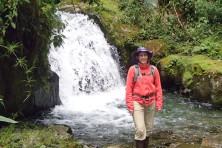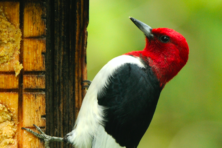Ecosystems of Door County
- Share
- Tweet
- Pin
- Share
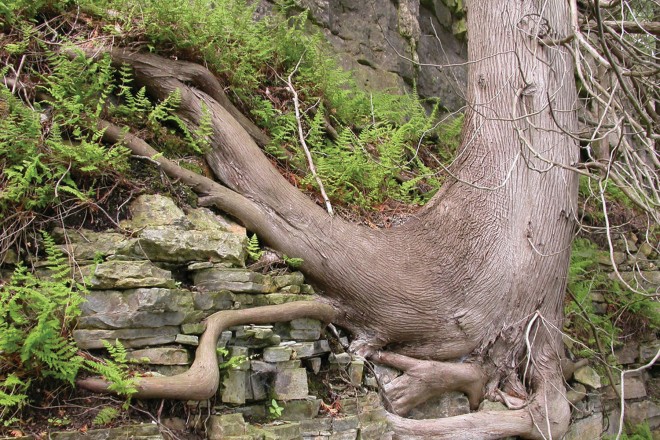
Article by Roy Lukes
Little did I realize while growing up as a boy in Kewaunee, Wisconsin during the 1930s and ‘40s, what incredibly rich biodiversity (biological diversity) existed on the steep, un-eroded lake banks near our home along the shores of Lake Michigan. Native plants and animals also thrived in the marshes and the woods sloping down to the Kewaunee River where my friends and I spent countless hours hiking and learning about nature.
It was while I was a student at the Door-Kewaunee Normal School in Algoma in the spring of 1950, learning to become a rural schoolteacher, that our class visited the fledgling Ridges Sanctuary at Baileys Harbor. What an indelible impression that never-to-be-forgotten hike had on my classmates and me. Fortunately, a very far-sighted group of ten people in 1937, several generations ahead of their time in the understanding of good land ethics and the value of rich biodiversity including many rare, threatened and endangered plants, realized that here was a pristine “gem” that had to be preserved, enlarged, and carefully managed.
With a college degree in teaching and the Korean War behind me, my first teaching job was in Madison where the Wisconsin State Natural Area program had been started in the early 1950s. My first introductions to some of those preserved sites, such as Parfrey’s Glen near Devil’s Lake, inspired me to want to become involved with this exciting project.
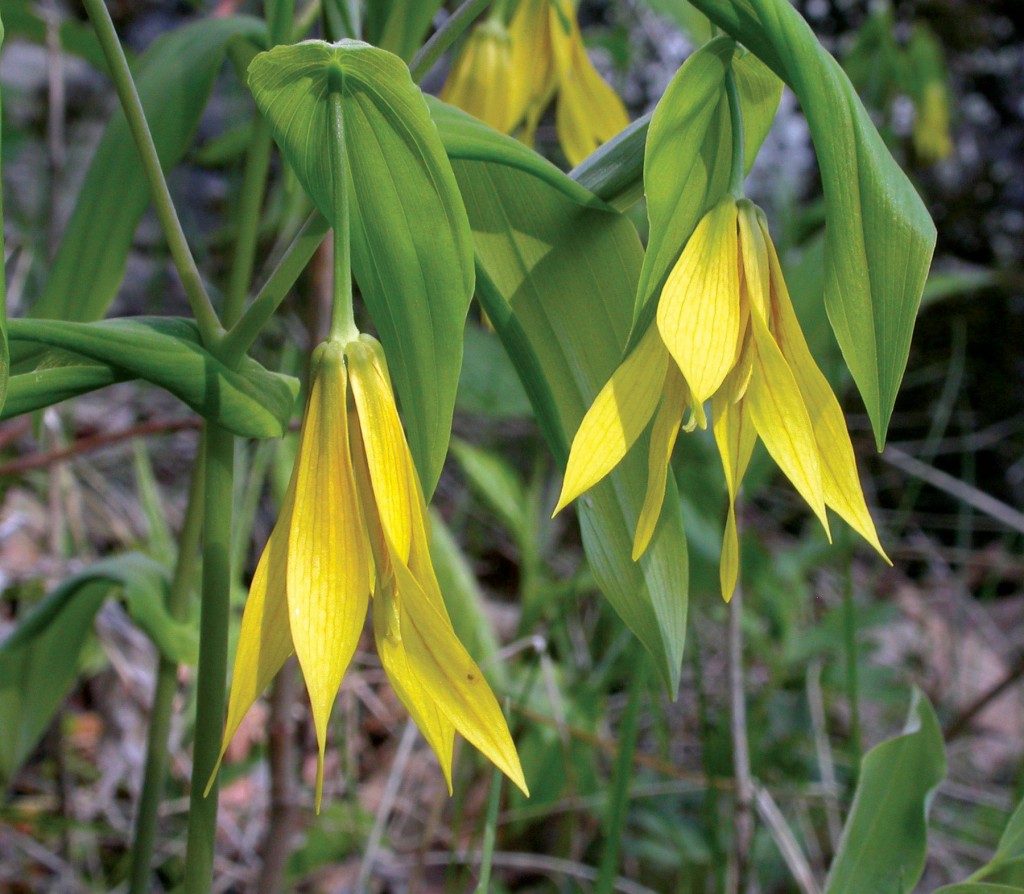
Good fortune came my way in the spring of 1964 when the Ridges Sanctuary’s board of directors hired me to be their first chief naturalist and manager of the sanctuary, a job which I performed for the next 27 years. Many special classes, exploratory hikes and workshops with Ridges members to various other county ecosystems taught us much about the widespread and exciting biodiversity – the forest types and valuable biological niches – existing throughout the county ranging from the very top of the steep Niagara Escarpment on the Green Bay side of the peninsula and eastward, gradually sloping downward to the low bluffs and sandy beaches on the Lake Michigan side. What has been of extreme value to me was watching ecological changes come about in the county over the past 44 years, dating back to 1964.
Here are some of the major ecosystems of Door County:
Beech Forest
This vast forest of the eastern United States extends only about 75 miles west of Lake Michigan and comprises much of the so-called hardwoods of our county. A good sample of the dominant trees in this forest type can be seen at one of the Wisconsin State Natural Areas located in Peninsula State Park. Here the tree species in order of their abundance are: Sugar Maple, Eastern Hemlock, American Beech, Yellow Birch, Basswood, Ironwood, Northern Red Oak, Red Maple, Paper Birch and White Ash. There has been virtually no reproduction of Sugar Maples and Eastern Hemlocks in this area due to the large and out-of-control deer herd. The white-tailed deer eat the young maple and hemlock saplings as fast as they can locate them above the snow cover in winter. Since deer do not eat or browse on beech trees, this species in time will come to dominate the beech forests of Door County while the maple trees most likely will slowly disappear over the years.

The rich and varied groundcover of the beech forest contains an exciting array of spring ephemeral wildflowers including the Dutchman’s Breeches, Large-flowered Trillium, Trout Lily, Bloodroot, Spring Beauty, Bellwort, Jack-in-the-Pulpit, Blue Cohosh, and several species of violets. It was after the old-growth stands of beech forest trees were cut that early-colonizing trees such as Quaking and Large-toothed Aspens, Paper Birch and Red Maple became and still are important as minor parts of the typical beech woods.
Northern Lowland Forest
The typical northern wet forest is dominated by Black Spruce and Tamarack trees with an understory often containing mosses and shrubs including Leatherleaf, Labrador-tea and Small Cranberry. People who know plants of the Ridges Sanctuary will immediately recognize these species as quite common along some of the trails there. More well-drained sites, often referred to as “cedar swamps,” are dominated by the Eastern White Cedar, locally known as the Arborvitae. Here the rich understory may include many sedges, orchids such as the Showy Lady’s-slipper Orchid and other wildflowers including the Goldthread, Fringed Polygala or Gaywings, Naked Miterwort, Twinflower, Creeping Snowberry and Trailing Arbutus.
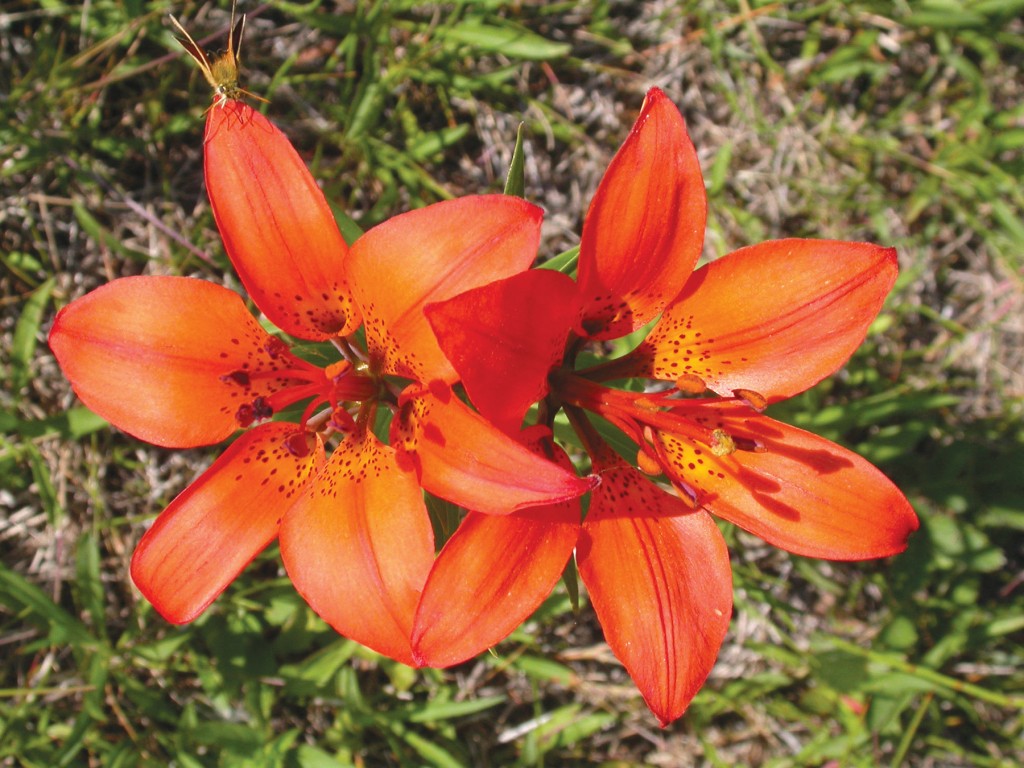
Northern Upland Forest
This important forest type may range from dry to sites having average moisture throughout the year. Coniferous trees dominate here although in many areas the Sugar Maple, American Beech, Basswood and Yellow Birch also do well. Incredibly catastrophic logging occurred during the late 19th and early 20th centuries when the beech forests were largely cut over. Following the great Chicago fire of 1871 which brought about a need for much pine lumber, the ultimate prize tree of the northern upland forest turned out to be the White Pine, resulting in a nearly complete removal of them from the county. Many of the cedar swamps were virtually clear cut with the natural re-colonization of these swampy forests being mainly Paper Birch and Quaking Aspen. My book, Toft Point, A Legacy of People and Pines, includes some detailed history of the extensive logging, especially in northern Door County, dating back to the 1870s.
Some of the common understory plants in the regrowth of the northern upland forest include Bracken Fern, Starflower, Wild Sarsaparilla, Cow-wheat, Trailing Arbutus, Wood Lily and several species of the shinleaf. Here again one can clearly sense these plants as being quite common along the drier sandy ridge-tops at the Ridges Sanctuary.
Cliff
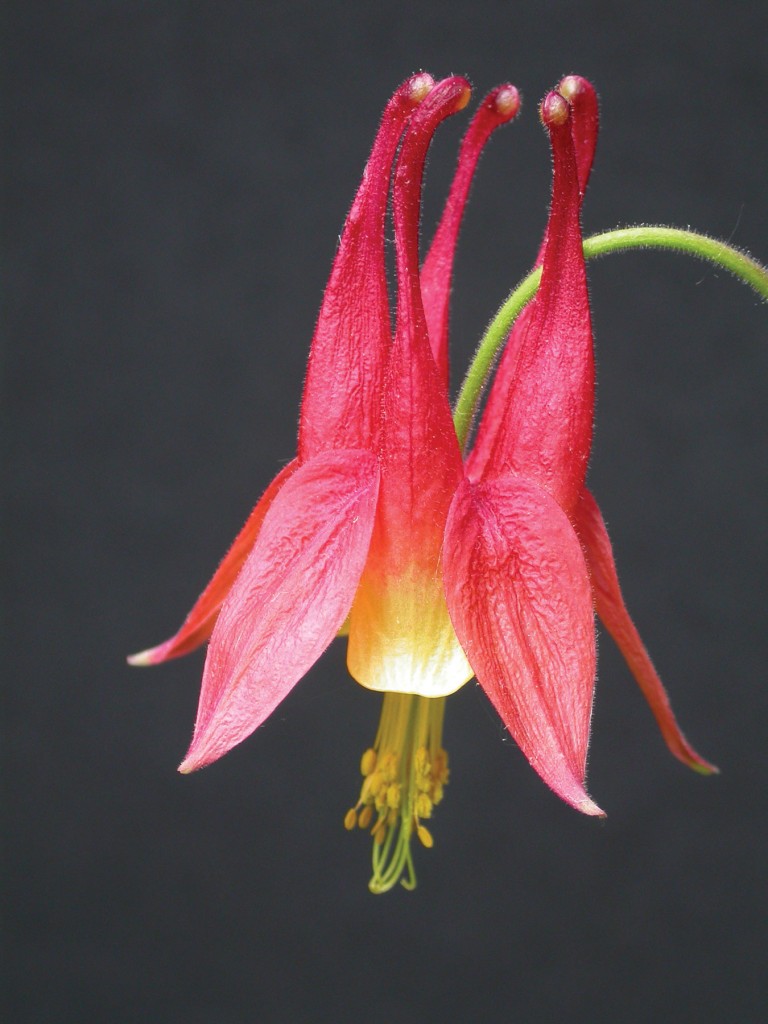
These ecosystems, ranging from low on the east side of the peninsula to high on the west, rank among the best preserved of all ecosystems in Door County, remaining relatively untouched by human civilization or even scientific curiosity. Due to its treacherous steepness, the Niagara Escarpment on the western side of the county is not a habitat to be entered lightly. Its small stunted Eastern White Cedar trees are the oldest in the county and, fortunately, have never warranted, much less allowed, logging. The annual temperatures on the steep, sun and wind-exposed cliffs can range from a minus 40 degrees Fahrenheit in winter to 110 degrees in summer.
While the small number of wildflowers to be found there, such as Columbine, Pale Corydalis and Harebell, seldom draw much attention, the picturesque escarpment highlighted by a colorful sunset does. Professor Douglas W. Larson of the University of Guelph, Ontario, began a cliff ecology study a little over 20 years ago which has grown into a very significant program. The major part of his research has been conducted on the cliffs of the Bruce Peninsula in Ontario, a “sister peninsula” to Door County. There the steep cliffs of the Niagara Escarpment are on the east side of the peninsula while the steepest of the Niagara Escarpment in Door County are on the west side.
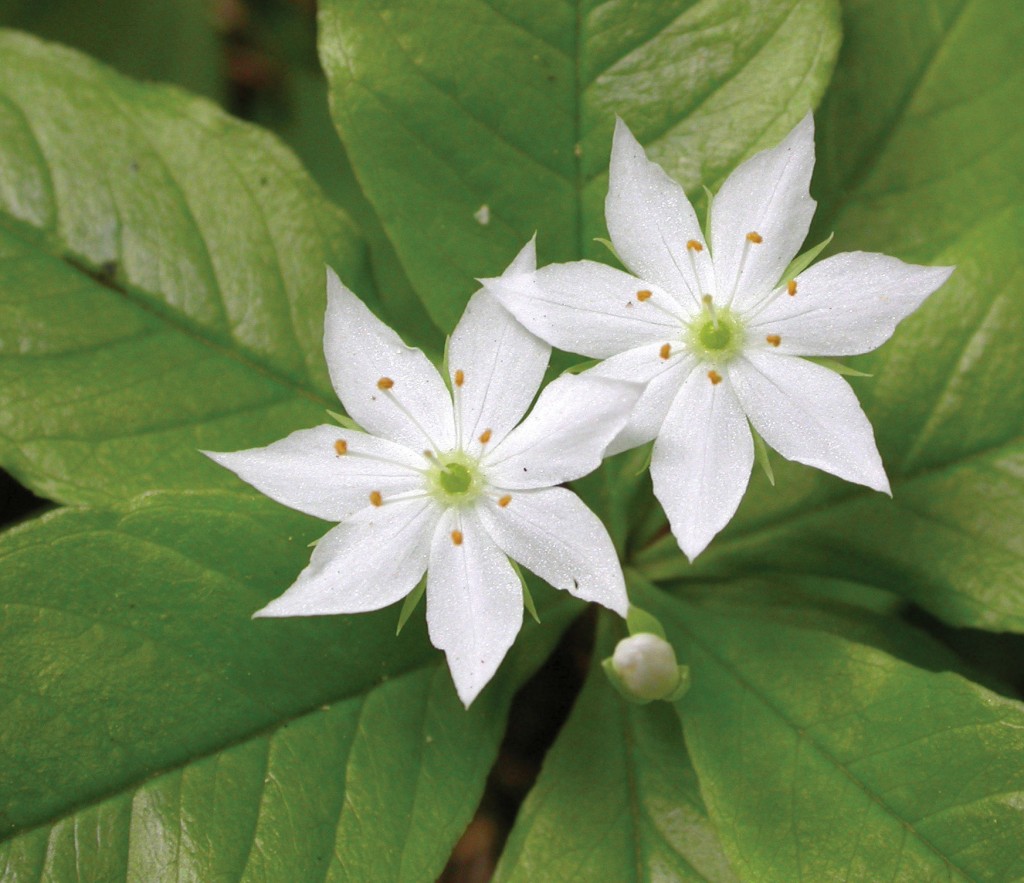
Larson’s study thus far has revealed beyond a doubt that the escarpment’s ancient, harsh, inhospitable face contains the most extensive and undisturbed old-growth forest east of the Rockies. Living Eastern White Cedars over 1,000 years old have been discovered. “Nobody had any idea prior to [our study] that these little twisted trees were so old,” Larson said. He went on to say, “We’ve found pieces of wood (remains of cedar trees) at the base of the cliffs that started to grow before Tutankhamen was on the throne in Egypt. We’re talking about 3,000 or 4,000-year old woody debris at the bottom of the escarpment.” Their continuing study has revealed that this extremely old White Cedar wood virtually does not decay! Door County needs to carefully consider the importance of this study, preservation and proper management of the ancient cliff-hugging vertical cedar forest.
The cliff communities in Door County are not all tall and steep. Much shorter and shaded ones exist on the Lake Michigan side. Several excellent ones, cool and invariably moss-covered and containing rare ferns, can be experienced at Newport State Park. The fascinating and considerably steeper cliff botany at the “Mountain” on Washington Island can easily be enjoyed as one gradually climbs the long stairs leading to the top. Another outstanding site for studying the plants growing on the shaded but steep escarpment face is along the sturdy, lengthy stairway leading to the rocky beach, just beyond the Pottawatomie Lighthouse at the extreme northwestern corner of Rock Island State Park.
Upland Conifer and Boreal Forest
These two ecosystems rank among the rarest in the county and fortunately outstanding examples of both exist in virtually pristine condition at the Toft Point State Natural Area. The greatest portion of the northern half of the Toft Area consists of the largest stand of old-growth White Pines bordering the entire western shore of Lake Michigan. Wildflowers associated with this great pine forest include Striped and Spotted Coralroot Orchids, Canada Dogwood, Clintonia or Bluebead Lily, Thimbleberry, and Naked Miterwort.
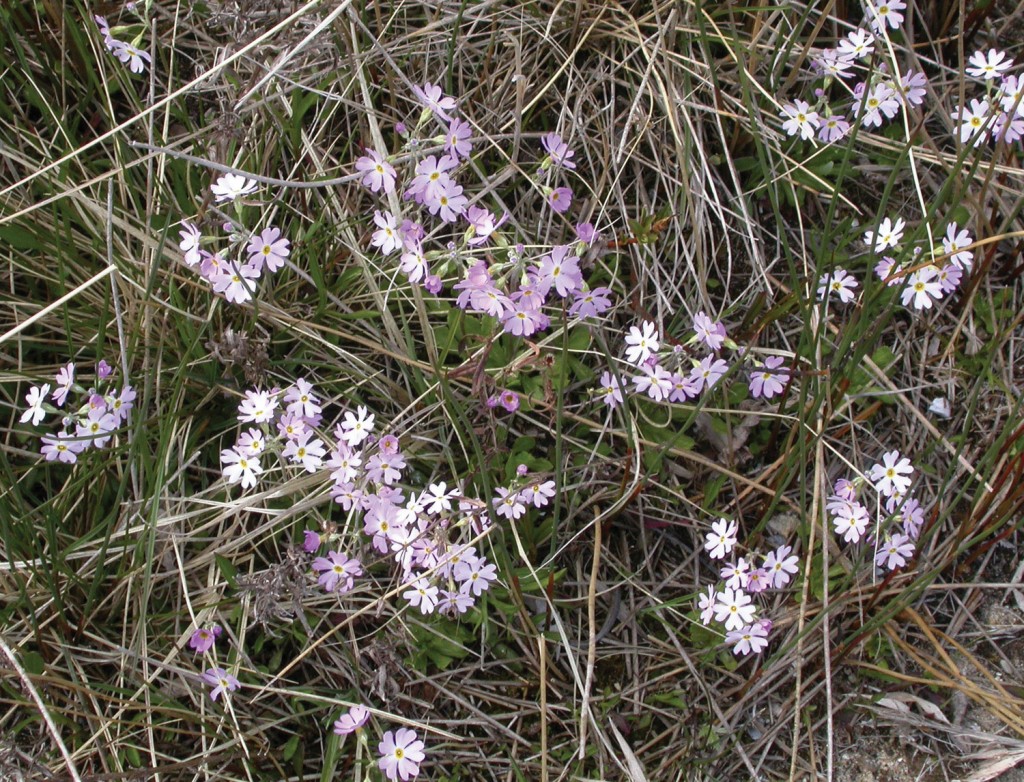
Narrow zones of the uncommon and more northern boreal forest ecosystem, occupying a relatively small acreage, border the east shore at Toft Point. Five tree species that predominate in this forest are White Cedar, Balsam Fir, White Spruce, White Pine and Paper Birch. Interestingly, the only two tree species that show any appreciable reproduction are Balsam Fir and White Cedar. Thimbleberries, Bristly Black Current, Sweet-scented Bedstraw, Canada Mayflower, Large-leaved Aster, Starflower and Wild Sarsaparilla grow in this area. The great Wisconsin ecologist, Dr. James H. Zimmerman, said, “…one must travel northward about half way to James Bay [southern bay of the Hudson Bay] to find the diversity found in the Toft Point/Ridges Sanctuary area.”
Cobble Beach
Within a stone’s throw of the boreal forest zone, up to the water’s edge, lies a little understood and rare ecosystem. Hikers are thrilled at the vast panoramic views of the big lake and most often completely ignore the plantlife. Perhaps it’s the smallness, and often rarity, of the flowering plants which hikers fail to see – species such as Calamint, Water Speedwell, Bittercress, Iceland Yellow Cress, Baltic Rush and Creeping Spearwort. Spearheading the early flowering season here are the more visible Indian Paintbrush and Arctic Primrose. The non-cyclical ups and downs of Lake Michigan has periodically flooded portions of the cobblestone beaches in the county, drowning and killing encroaching woody plants, especially White Cedars, and thereby helping to preserve the open growing conditions required by these small rare plants.
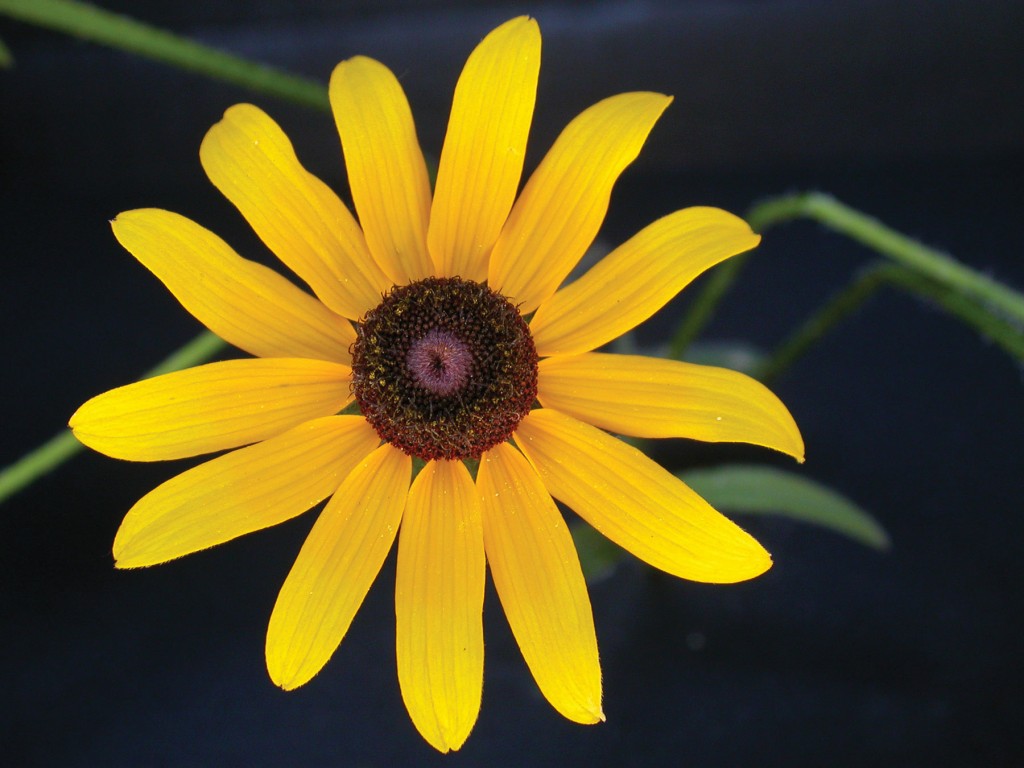
Old Field
Remove a field from cultivation and planting and within several years Common Juniper shrubs, Red Cedar trees, terribly invasive Buckthorn trees, or several of the exotic and extremely aggressive honeysuckle shrubs will take over and eventually crowd out or prevent native plants from becoming established. Good management skills and much hard work must be brought into play in order to prevent the take-over of these old fields by exotic plants.
Other Ecosystems
Several less common ecosystems, but nevertheless very important ones, are scattered throughout the county. The Mink River Estuary is one of the finest on the Great Lakes and, fortunately, has been well preserved by The Nature Conservancy. The dunes at Whitefish Dunes State Park are the highest along the entire western shore of Lake Michigan, and are in good hands and are very well managed. Some high quality fens exist north of Sturgeon Bay on the Lake Michigan side of the peninsula, a few being alkali and very uncommon while others are acid in nature. One is the Kellner Fen which is being preserved by the Door County Land Trust. Carnivorous plants, including Northern Pitcher Plants and Round-leaved Sundews, along with several species of native orchids grow in the acid fens. Prairies never did exist in Door County due to the very shallow nature of the soil.
The Importance of Ecosystems

There are two glaring and overlooked facts when people examine and attempt to evaluate the condition of the various ecosystems in Door County. Number one: Far too much unprotected open land is being developed in a very poor manner. Many native plants and animals need open land. Savannah, Vesper and Grasshopper Sparrows, Upland Sandpipers, Meadowlarks, Bobolinks, and many species of butterflies, for example, are suddenly out of living space when half of an 80-acre field is planted to trees.
Number two: Land already protected is degrading in quality. For example, parks can be too heavily used by people, terribly over-browsed by deer and invaded more and more by exotic and very damaging plants. Some wooded areas that were once rich with understory plants and birds are gradually and literally being choked to death by invading Japanese Honeysuckle, Buckthorn, Forget-Me-Not, and Garlic Mustard, among others.
More and more people, young and old alike, must become actively involved in learning about our natural environments and how to become better stewards of the land. Rely more heavily upon the wealth of expertise in our county. State parks and nature preserves have skilled naturalists who offer classes and workshops designed to help participants learn about the environment, the native plants and animals.

It was Aldo Leopold who wrote, “This is a plea for the preservation of some tag-ends of wilderness, as museum pieces, for the edification of those who may one day wish to see, feel, or study the origins of their cultural inheritance.” Fortunately there are several active organizations working diligently to bring about precisely this. Consider the great accomplishments in leadership, teaching, land preservation, and eradication of exotic plants of the various state natural area and state park friends groups, Door County Land Trust, the Door County Environmental Council, The Nature Conservancy, Door Property Owners, The Ridges Sanctuary and the Natural Areas Mapping Group.
Door County has many ecosystems, all extremely important in a multitude of ways to people, plants and animals. We must learn how to “read the landscape,” to use it responsibly, and provide it with the utmost of care. It’s what makes our county so great!

